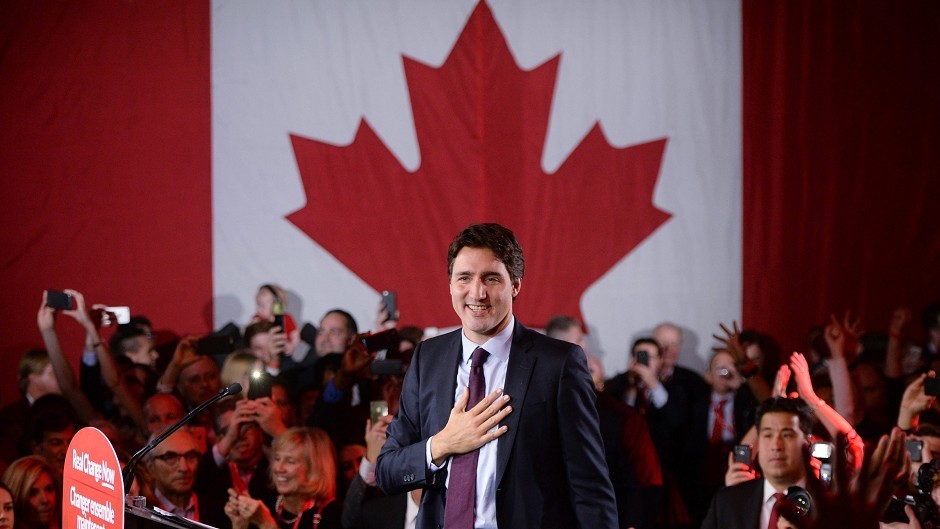By James Hunter, emeritus professor of history at the University of the Highlands and Islands, and author of a new book titled Set Adrift Upon The World: The Sutherland Clearances.
Canada’s new prime minister, Justin Trudeau, whose Liberal Party chalked up a sweeping victory in Monday’s election, is the latest of several Canadian premiers to have family roots in the north of Scotland.
In Mr Trudeau’s case, these derive from his mother, Margaret Sinclair, who married the new PM’s father, Pierre, in 1971 when the senior Trudeau was three years into his own occupancy of 24 Sussex Drive, Ottawa’s equivalent of London’s 10 Downing Street.
Margaret Sinclair’s father, James, also a leading light in the Canadian Liberal Party, was born in Banffshire in 1908 but, when a small boy, was taken to Vancouver by his Caithness-born father and Ross-shire-born mother.
In quitting Scotland in this way, the Sinclair family were doing what thousands had done before them. By the early twentieth century, however, all such expeditions had got a lot easier than those of a hundred or so years before.
The gruelling nature of earlier emigrant journeys was brought home to me when, in the course of researching my new book about the Sutherland clearances, I made a December trip to the Hudson Bay community of Churchill. It was here that evicted families from Sutherland’s Strath of Kildonan spent the winter of 1813-14 – hunkered down in hastily-built log cabins that offered little protection against weather of a sort they’d never before encountered.
During the couple of days Evelyn, my wife, and I spent in Churchill the sun shone from cloudless skies. But the daytime temperature was a searingly cold minus 35 degrees Celsius. And by January and February, our hosts told us, that would count as unseasonably warm.
The Kildonan folk who got to Churchill at the end of a disease-blighted Atlantic voyage were on their way to southern Manitoba where they founded the settlement that’s since grown into the great city of Winnipeg. The next stage of their epic journey, begun in April 1814, consisted of a 150-mile trek on snowshoes – followed by a 700-mile trip up rapid-strewn rivers. These were remarkable people whose story I’ve been privileged to tell and whose achievements contributed enormously to the success story that is present-day Canada.
Among them was a young man called George Bannerman. Later he’d marry and have children. Those children’s own children, as it happened, included the mother of prairie politician John Diefenbaker who, between 1957 and 1963, was his country’s prime minister.
When Canada’s PM, Diefenbaker visited Sutherland, attending church in Helmsdale and inspecting, as he put it, ‘the ruins of my great-grandfather’s cottage’ – one of many hundreds of homes burned or demolished in the course of the clearances.
Might Justin Trudeau find time in what will be a busy schedule for a trip to Banffshire, Ross-shire and Caithness? I don’t know. But perhaps our first minister might think about issuing an invitation.
